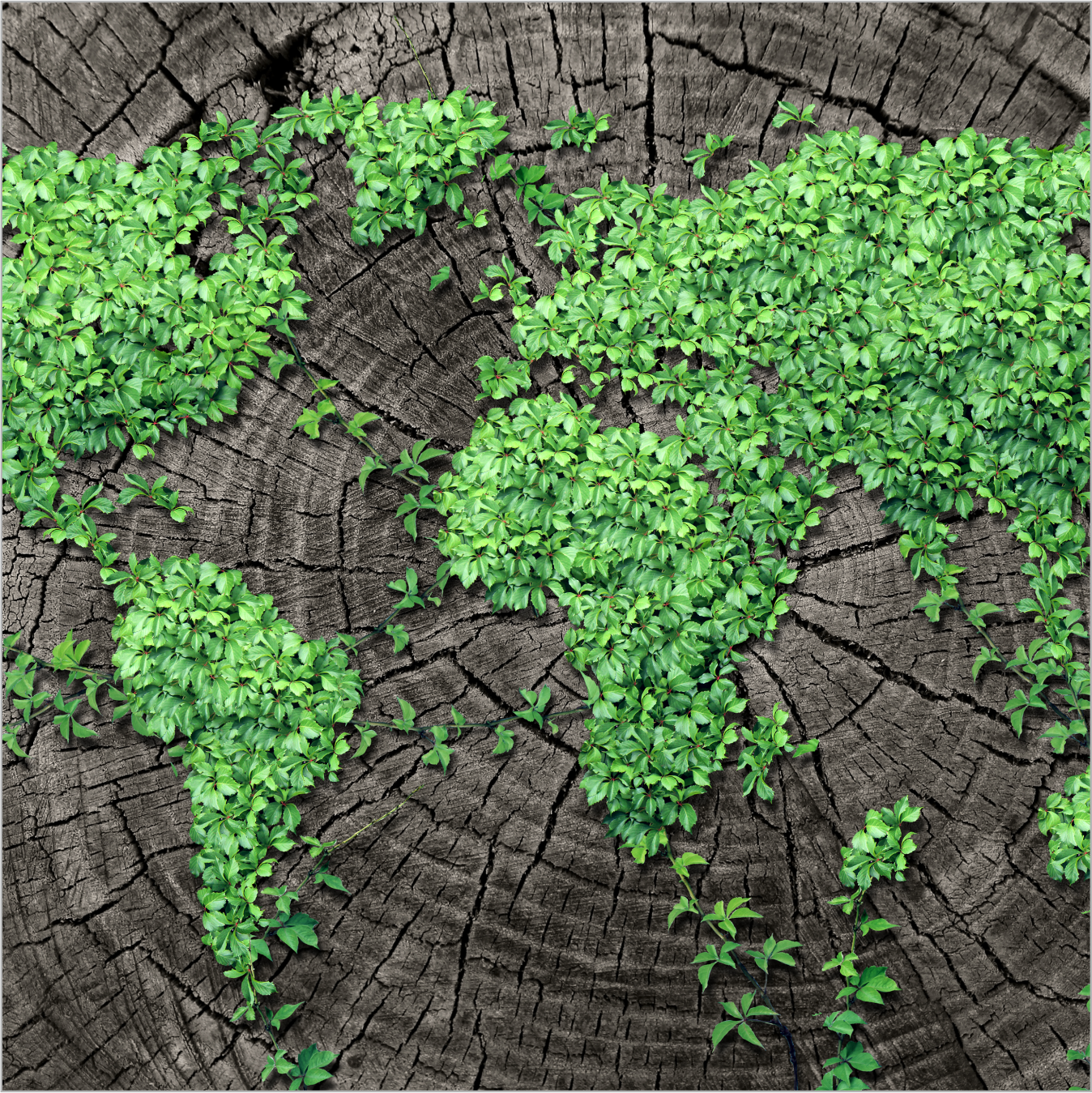Paving the way for customer satisfaction
by Anchal Saraf December 1, 2021
24th December is celebrated as National Consumer Day in India. On this day, in 1986, the Consumer Protection Act had come into force, with the aim to make consumers more aware of their rights and provide effective safeguards against various types of misappropriations including unsatisfactory goods, poor customer services and unfair trade practices. With increasing digitization and online commerce, Consumer Protection Act 2019 came into force in 2020, expanding the purview to include the variations required for e-commerce businesses and online consumer redressals.
From protecting consumers to empowering consumers – India has come a long way. Today, India is one of the largest consumer economies globally, with the fourth largest retail market at USD 810 billion. India is also home to the third-largest base of online shoppers at 140 million.
In FY21, while the overall Indian retail market shrunk by 5%, the Indian e-retail market saw a 25% growth, with the pandemic leading to increased online adoption. This increased online adoption has had significant implications on the overall Indian consumer market.
A major theme that has emerged is that homegrown brands have got an ecosystem to innovate and thrive in. Across categories – food, apparel, cosmetics, footwear, and even mattresses – today some brands are revolutionizing customer experience and giving incumbent brands a run for their businesses. These are brands that are solving for key customer pain points, and solving for them faster and in many cases, cheaper. Be it BlueStone, Clovia, Mamaearth, WOW, Sugar, Wakefit, Boat –these are all new-age brands that have identified the evolving consumer pulse and innovated to bring them products that they want, with quality that they desire (across product and customer service). With most of them opting for a phygital sales channel (online first and followed by offline expansion), these brands have challenged traditional brands – both Indian and international - in each of the categories that they operate in.
Not just consumers, but increased online adoption has also opened up the untapped market potential for brands and sellers. They now have access to consumers that were earlier not accessible.
However, given the intensified competition, reduced switching barriers for customers, and with Indian consumers becoming increasingly “demanding”, sellers today have to be increasingly vigilant about their product, service, post-sales engagement and the entire customer engagement to avoid losing out “expensive” customers.
Also, with social media and online platforms, consumer redressal times have been reduced significantly. This demonstrates the empowerment of Indian consumers, who today are not just more accessible, but also more aware and more informed about their rights as a consumer and their choices.
To summarize, while the Consumer Protection Act still stands relevant for a huge segment of Indian consumers, it would also not be wrong to say that for a growing part of the population, the tables might have turned (or starting to turn), and that National Consumers Day could today also be a celebration of the new-age consumers, who are more aware, more accessible, and more valuable in general.
PREVIOUS POST
Chartering Plan for Clean Air and Clean EnergyNEXT POST
Advent of 5G, Adjacent Innovation and Opportunities (for Start-Ups)Latest Update
-

An Ethic of Responsibility
01-11-2021



